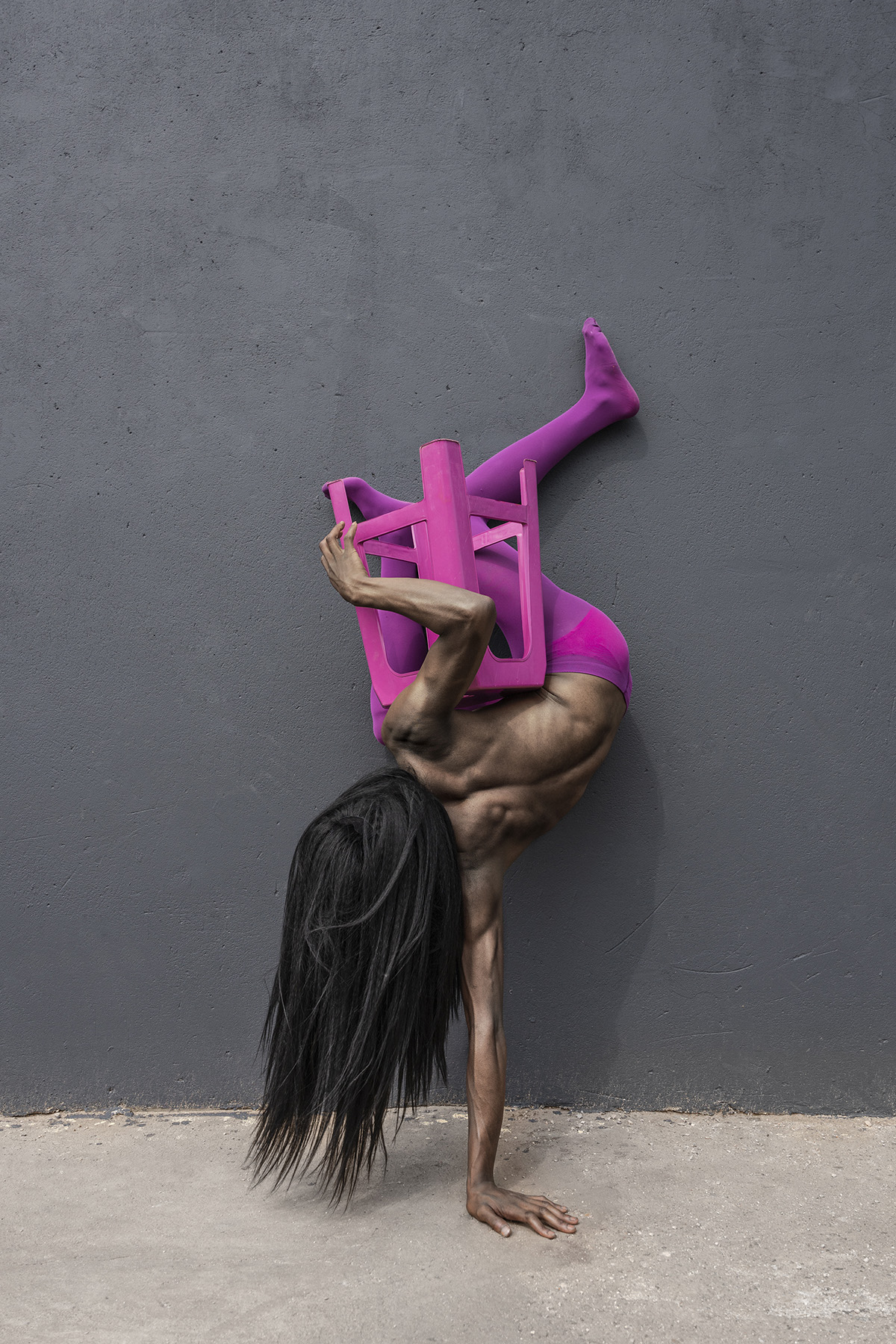
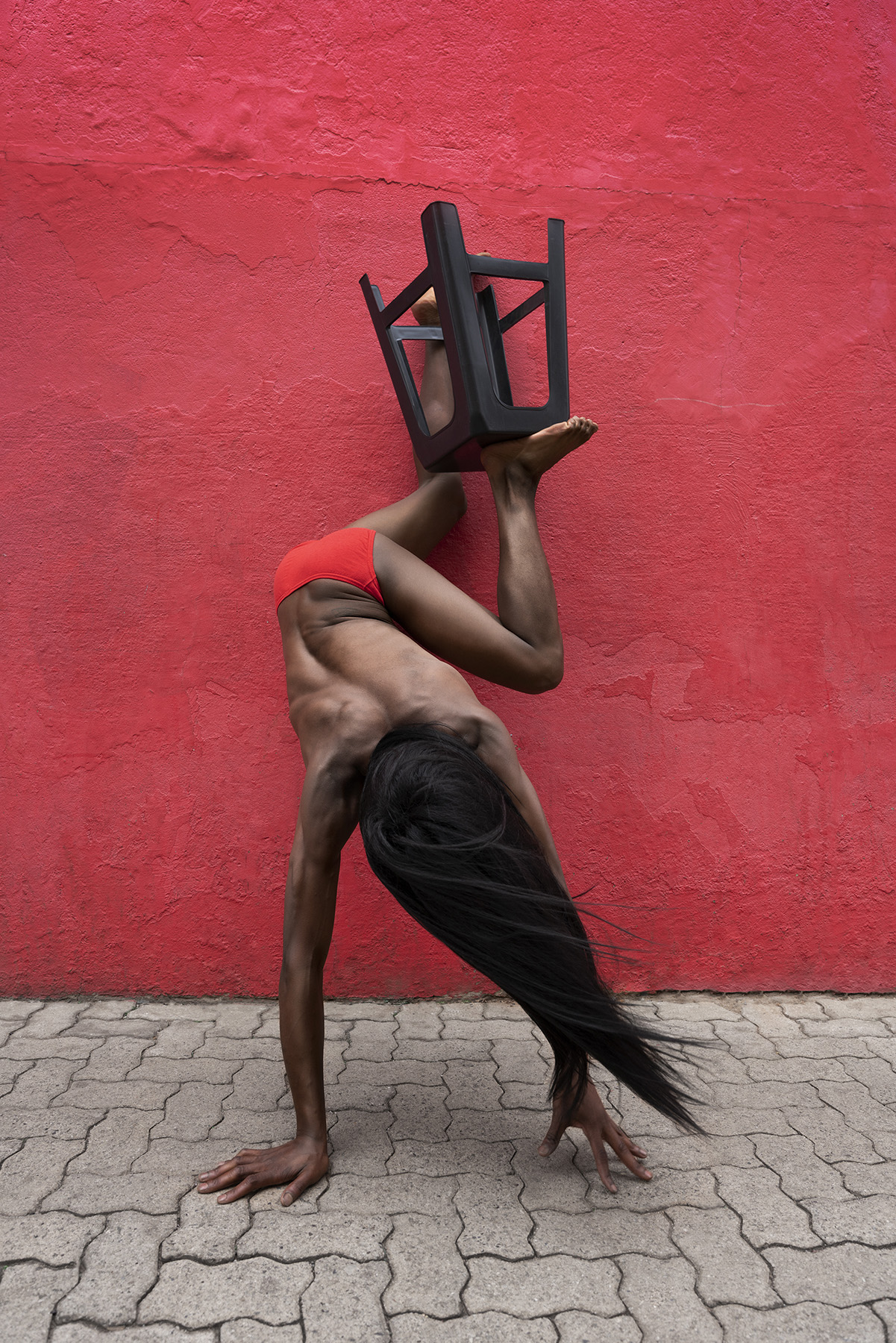


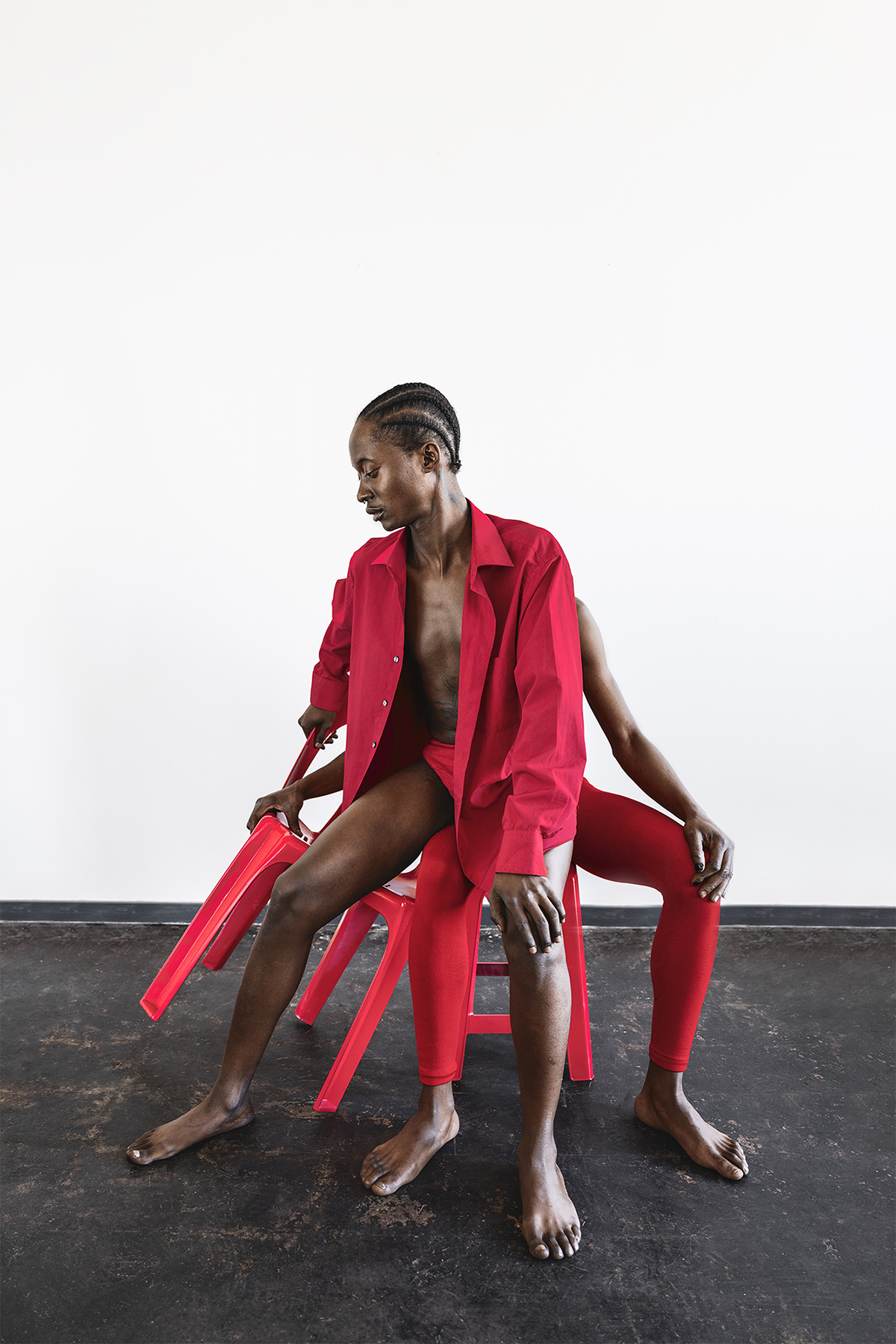
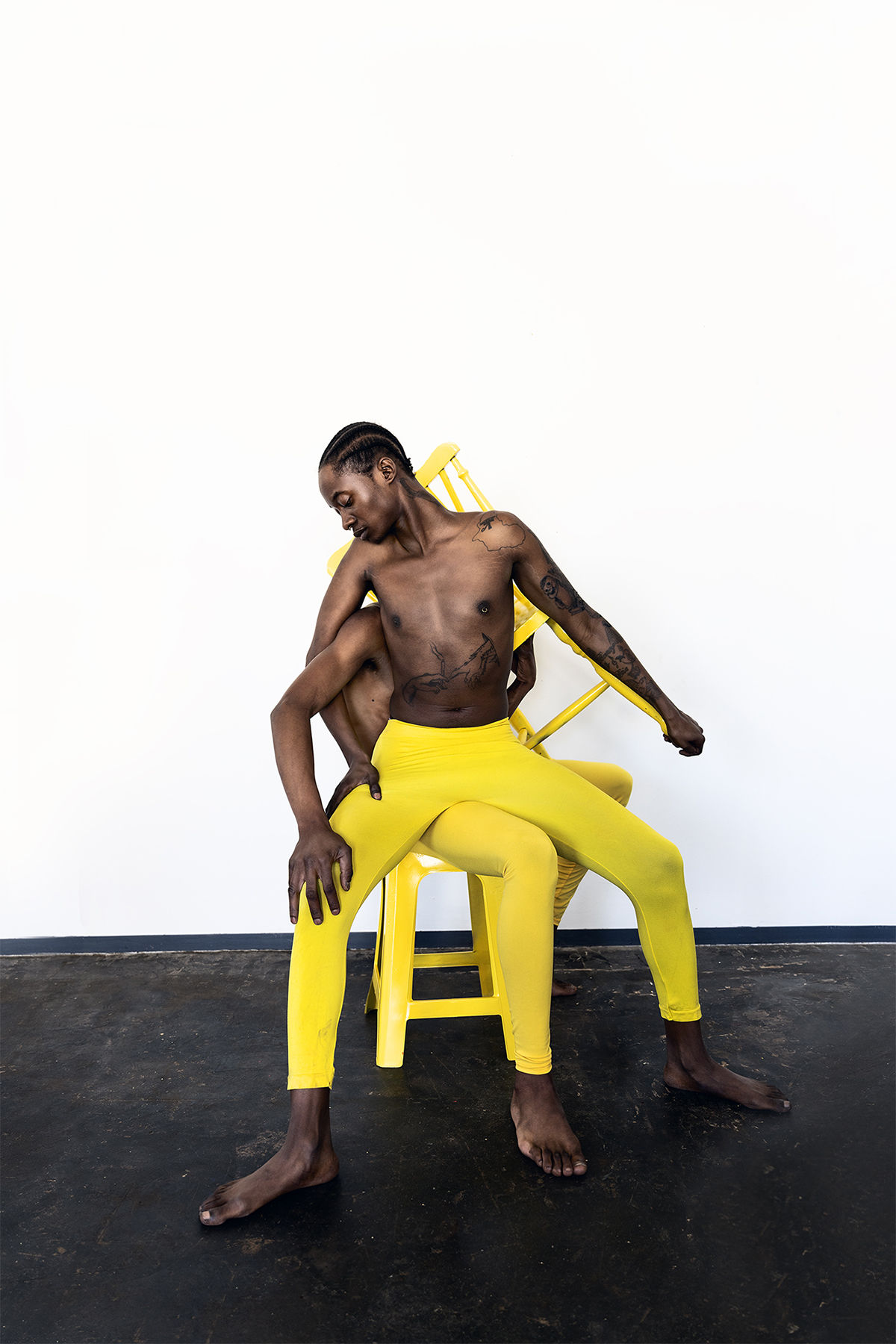

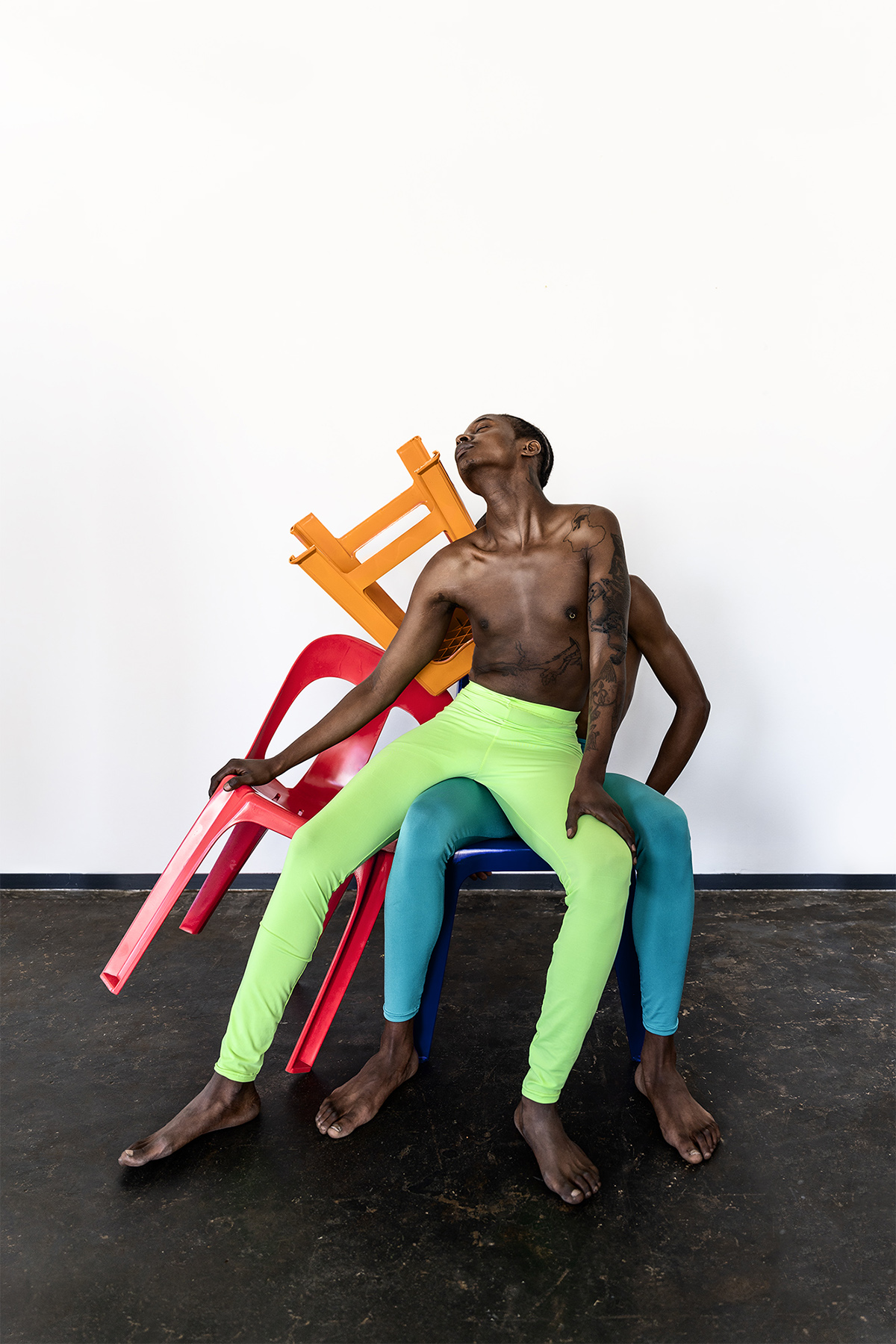

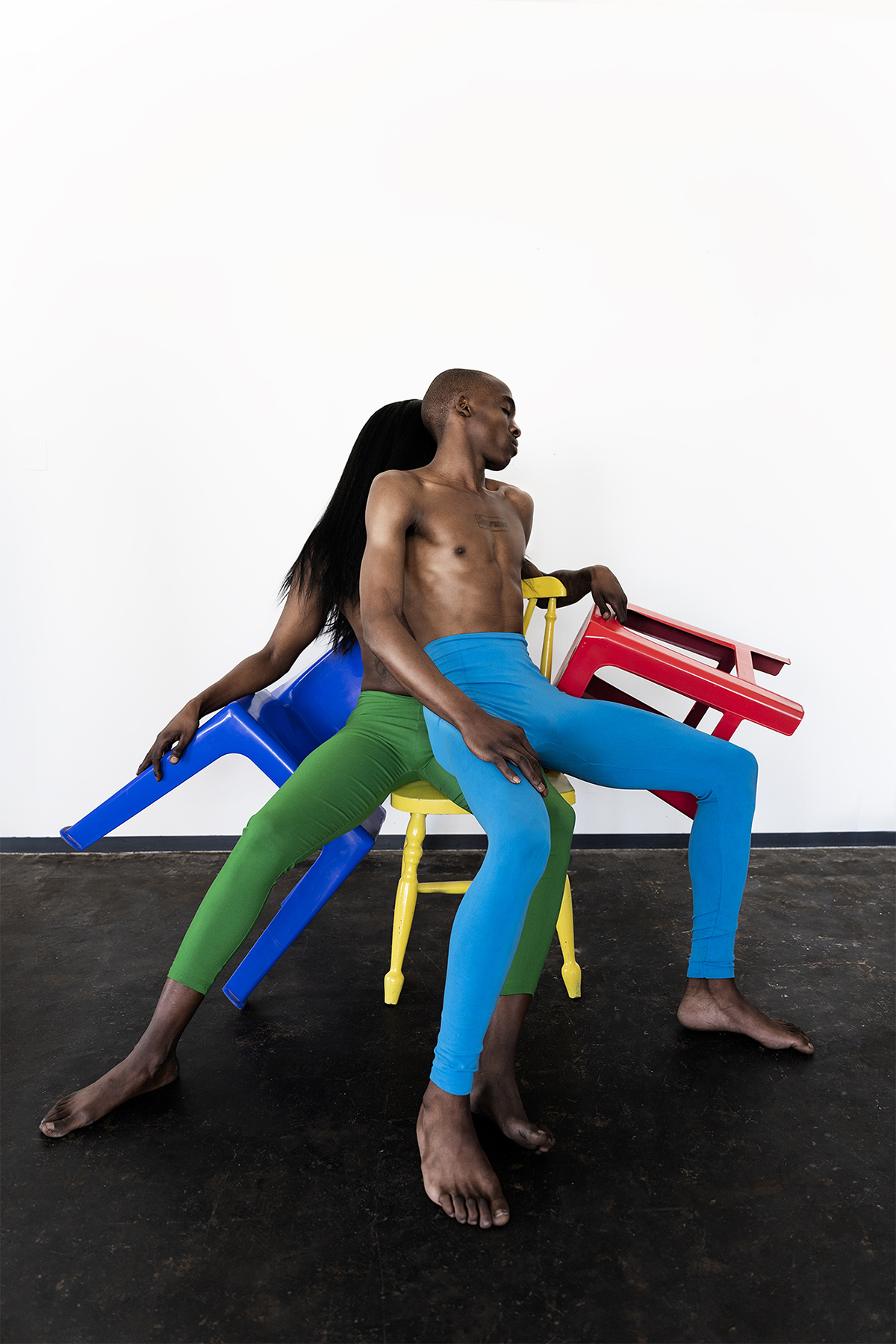
Third Body
Political and social hierarchies are inscribed onto the body by society- the slumped posture and scars of dogmatism, stereotypes and hierarchy. In contrast, the work posits that the flux and interaction between the individual and non-human materiality's offer a different body.... an othered body which incorporates difference and ambiguity.
The show subtly incorporates references to everyday life in South Africa, with an eye to outlining the post-colonial, techno-modernist forces working upon the body. It hints at a second-hand commercial aesthetic- the unmistakable smell of plastics and second hand clothing. The machinations of global markets turn the African continent into a dumping ground for low-grade consumer products. But the artist excavates a counter-meaning in this seemingly one-sided process. The show hints at an idiosyncratic aesthetics which arises from filtering of globalised materials into the South African cultural context. Cheap materials are reassembled and used to indicate pride, ownership and autonomy.
The work applies a sculptural model, treating the human form as an abstraction to be added onto and played with. This destabilises the sense of the body as unitary, fixed point. At points, the images almost lose the usual readability as a human body, becoming something larger, stranger. The inscription of outside influences makes the body as constantly shape-shifting melange of meanings. Social, political, cultural and economic flows of powers are incorporated into a new meaning, a new mythology of selfhood too expansive to be captured in a locked, terminal form.
Yet within this elusive flux, a clear series of deeply personal preoccupations can be inferred. The artist hints at their own embodiment , and the gendered and racialised forces weighing down on them. The assemblage of materials combine to suggest new forms for the body beyond these hegemonic forces. A desire for the individuated body to be more than a silo, but rather part of a wider meaning where subjectivity is freely allowed to roam outside of spatial confines.